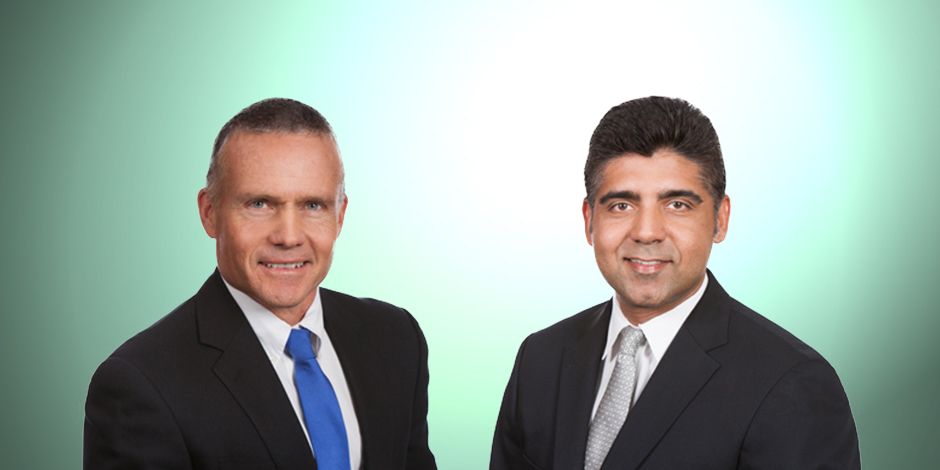
Janus Henderson: Higher and higher - the Fed continues to hike
Head of US Fundamental Fixed Income Darrell Watters and Portfolio Manager Mayur Saigal react to the US Federal Reserve’s most recent rate hike and discuss what is to come.
15.06.2018 | 12:20 Uhr
On Wednesday 13 June, the US Federal Reserve (Fed) increased the federal funds target rate by 25 basis points for the second time in 2018. The Fed’s target rate now ranges from 1.75% to 2%. Recent data supported the decision, with inflation creeping above the Fed’s 2% target and unemployment sitting at 3.8%. Given the strong economic data and their confidence in US economic conditions, Fed officials are now forecasting a total of four hikes in 2018, up from three. Language indicating that the federal funds rate would likely remain below long-term levels “for some time” was also removed from the policy statement. Treasury securities sold off immediately following the announcement, as markets reacted to this more aggressive stance.
Given that Wednesday’s statement seems to indicate a more hawkish Fed posture, we remain concerned that investors are underestimating the Fed’s resolve. The Fed is suggesting six more hikes by the end of 2020, while Fed fund futures are pricing in approximately three hikes over the same period.
Barring a major risk-off event, we now believe that another two hikes this year will come to fruition. We expect these and future hikes to remain measured at 25 basis points each. As the Fed continues to push through rate increases, US Treasury securities become relatively unattractive to foreign buyers due to higher hedging costs. This — in combination with an increase in Treasury issuance to fund fiscal stimulus — should also push rates higher. However, the Fed did not revise its long-term growth projection, which suggests that the conditions are right for a higher, but flatter Treasury curve. It may be a bear market to the five-year maturity, but the stable long-term outlook from the Fed should keep the long end of the curve range-bound.
Still, volatility is here to stay, in our view, and we believe there are a number of geopolitical risks, including trade wars, that could incite a risk-off mindset and put the rise in global rates on pause. Most immediately, we will be focused on language from the European Central Bank (ECB). A move to end quantitative easing (QE) measures in September would be interpreted as hawkish and support rising rates in developed markets.




Diesen Beitrag teilen: